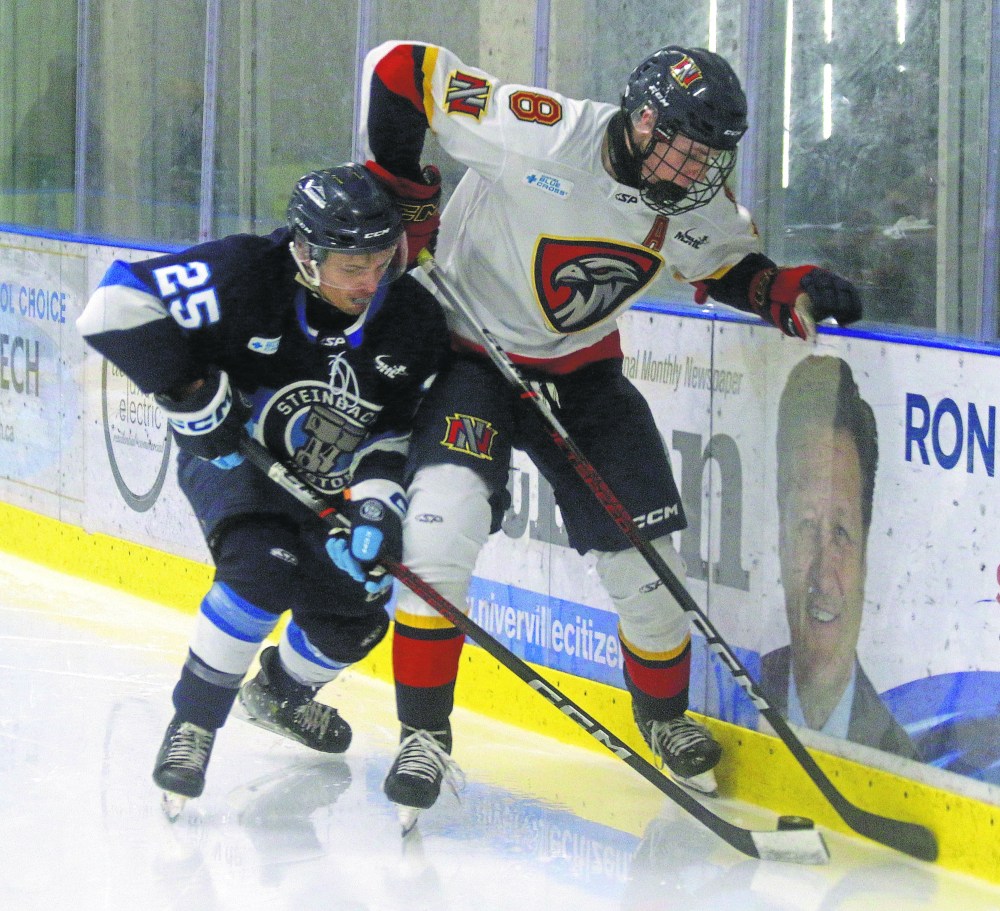NCAA votes to allow major junior players into American colleges
Advertisement
Hey there, time traveller!
This article was published 19/11/2024 (243 days ago), so information in it may no longer be current.
After years of speculation, the NCAA has finally voted to allow major junior hockey players to play at high level American colleges beginning in the 2025/2026 season.
The change came after the division one hockey council voted Nov. 7. Any player who had played with a Western Hockey League, Ontario Hockey League or Quebec Maritimes Junior Hockey League team was unable to play hockey at the NCAA level before the vote.
The NCAA had considered major junior players not amateurs, due to the fact NHL-signed players skated in the leagues.

Top schools can begin recruitment efforts right away, but NCAA division three schools are still prohibited from icing any major junior players. It’s not just hockey which is getting tweaked, as the rules around skiing eligibility in the NCAA are also changing for next year.
The move should have wide-reaching implications across the junior hockey landscape. Before the announcement, if a Canadian player wanted to keep NCAA eligibility, they would suit up for a junior A team or in the Mid-West based United States Hockey League (USHL).
The day of the announcement saw some players from the USHL immediately sign with major junior teams which drafted them.
After playing out their junior career, normally those players would join their NCAA programs, while anyone who spent time in major junior went to Canadian post-secondary schools. Now players are free to spend time in major junior without burning American college eligibility. If a player does sign an NHL entry-level contract, they will be unable to play in the NCAA.
The Canadian Hockey League (CHL), which organizes the three major junior hockey leagues, put out a statement the day of the announcement.
“While we will take time to fully review this rule change, we believe this is a positive development that will provide our players with more opportunities to continue their hockey and academic careers following their time in the CHL,” the statement reads.
“It will also give young players and their families more options in choosing their development path, which includes opening up the CHL – the best development hockey league in the world for players aged 16-20 – to more players worldwide.”
Both the WHL and OHL put out statements about the rule change, emphasizing the opportunity for players who have graduated from the junior ranks. It is unclear what recourse leagues would have if a player left for the NCAA prior to aging out, aside from holding back scholarship money.
While the effects of the change could be wide-reaching, many involved in hockey are unsure what the sport will look like when the new normal sets in.
There are a handful of Eastman players currently with teams in the WHL. Niverville’s Evan Goening is with Prince George, Ste Anne’s Zach Lansard is with Regina, Oakbank’s Owen Martin is with Spkane and Steinbach’s Luke Mistelbacher is in Swift Current. Brek Liske, who is from Beausejour and played for the Eastman Selects, is with Everett.
The Regina Pats Braxton Whitehead is the only current major junior player to have committed to an NCAA school, announcing his intentions to play for the Arizona State University after aging out of major junior earlier this year, predicting the NCAA would change their rules.
While the rules about eligibility are changing, that doesn’t mean all major junior players will be able to make bank. American college players are able to get paid through their name, image and likeness (NIL) rights, but Canadians (or any player in the States on a student visa) are unable to collect much under the current rules.
To be paid for any money-making activities, the athlete must be in Canada when that activity takes place.
